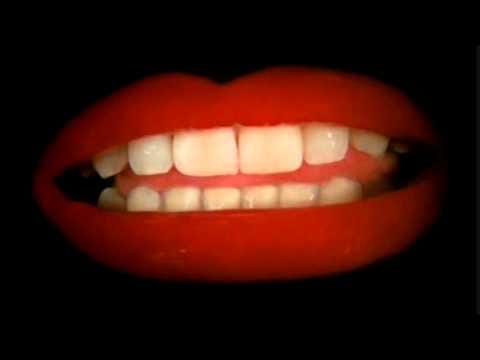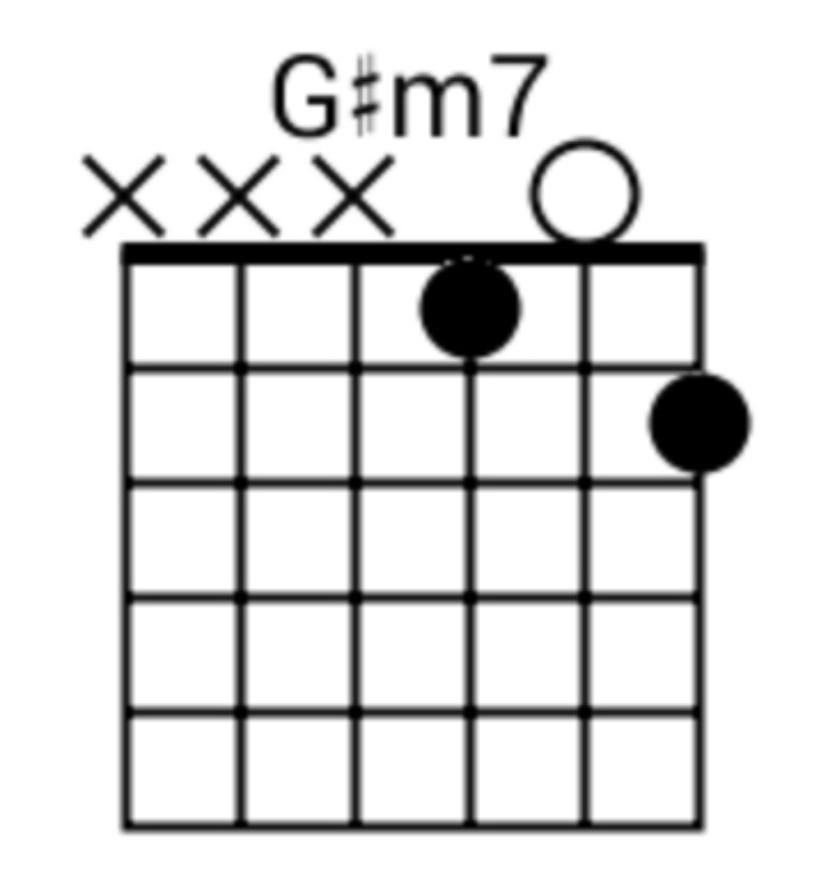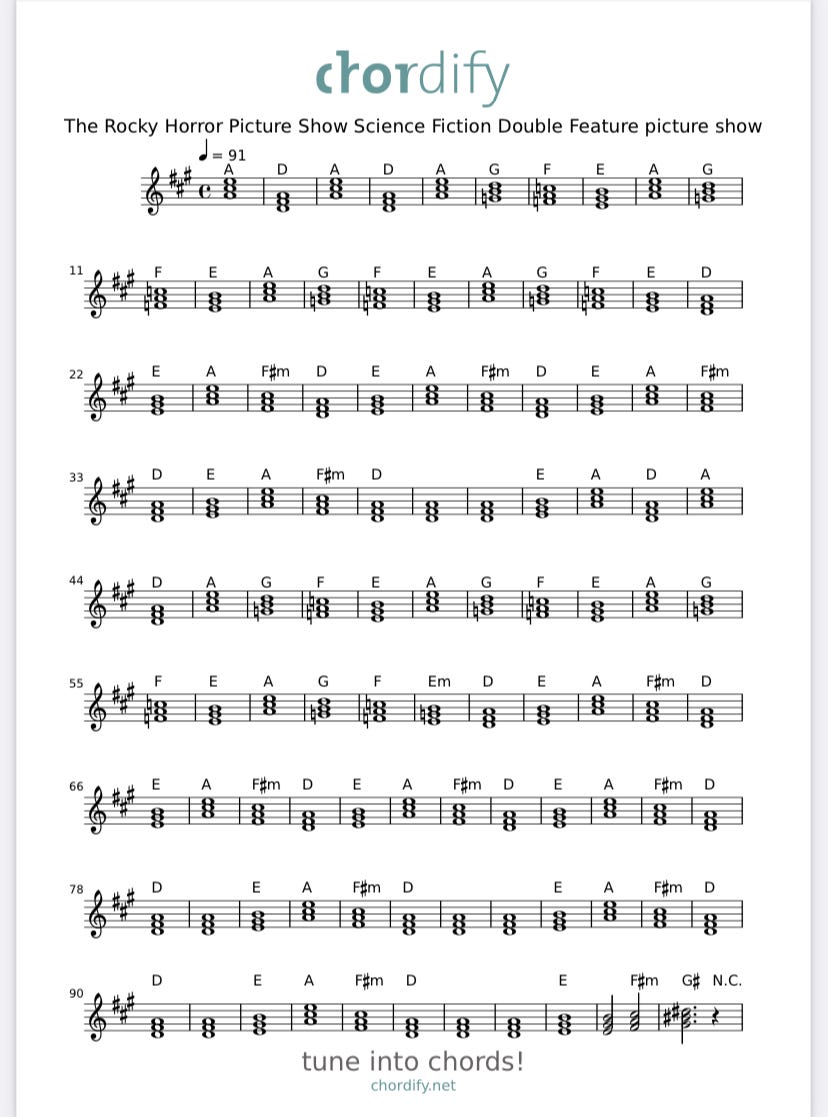Last Week’s Bonus Round:
(Ed. Yeah, I needed something a little off beat and maybe even weird this week)
“Science Fiction/Double Feature" is the opening song to the original 1973 musical stage production, The Rocky Horror Show as well as its 1975 film counterpart The Rocky Horror Picture Show, book, music and lyrics by Richard O'Brien, musical arrangements by Richard Hartley. The song is reprised at the end of the show, with lyrics that reflect on the final events of the story.
The song is a tribute to and sendup of various B movies and serials parodied in the show itself.[1]
Richard Timothy Smith (born 25 March 1942),[1][2][3] known professionally as Richard O'Brien, is a British-New Zealand actor, writer, composer, musician, and television presenter. He wrote the musical stage show The Rocky Horror Show in 1973, which has remained in continuous production. He also co-wrote the screenplay along with director Jim Sharman for the film adaptation, The Rocky Horror Picture Show (1975), and appeared on-screen as Riff Raff; the film became an international success and has received a large cult following.
Credit: Wikipedia
Links: Science Fiction/Double Feature Richard O'Brien (aka Riff Raff)
Key of AMajor, 4/4 (common) time, moderate tempo at 91 BPM. Pretty simple chords, if the F#m is annoying, play it as a seven:
Similarly, the outro G# is pretty easily handled as a G#m7:
Or, knock yourself out playing each as the intended barre chord. Have fun either way!
Disclaimer: This Substack is free, always will be, and I receive no compensation or other benefit (except the unsolicited, occasional, and much appreciated shoutout from readers and other Substackers!) from any of the people or companies or products I link to or write about. Note some images and other material may be copyrighted by the original author or composer and appear here under the “Fair Use” doctrine. Link: Fair Use
*Note: I do not use any form of artificial intelligence in writing Michael Acoustic. It is possible that some external sources that I link to or quote, do use or contain AI generated material.
Michael Acoustic
(Ed. * The asterisked note as an addition to the “Disclaimer” section above is something I’ve been struggling with a bit lately. Much is written elsewhere about the potential for both beneficial and dangerous use of Artificial Intelligence. I make no judgments either way, and it is not my intent to “virtue signal” or to disparage anyone who does use AI. I’ve simply decided to place the prose equivalent of an “Organic” sticker on my page that applies only to the portion of posts that are written solely by me. Where I quote or link to other sources, I make no representation regarding that source, including whether or not AI generated material is included in the writing/images produced by others.
Also: Mika, the Cat is real….
Thanks new subscribers! Mika, the Cat, welcomes you!!
This Week’s Conversation With Mika:
Mika is engaged with her internal monologue at the moment, but does appreciate all of our subscribers and would say so if she wasn’t meditating or stoned or considering chasing down a bug or something.
Last week in Part 2 we talked about the chorus and bridge of “Long Road Back”, and the week prior, in Part 1, we talked about the intro and the first verse to the song. For this week I said we would talk more about lyric choices and the process of arriving at a more or less “final” version in this week’s concluding part to this series.
It’s true that I said this would be the concluding part to the series, but I may have to caveat that a bit. I submitted the lyrics after it was more or less “final” a few years ago to a publication I subscribe to that offers (or did offer - not sure if they still do) “lyric analysis” and I intend to write about that a little next week, but I wanted to give the person who analyzed the lyrics a “heads up” that I would first, as a courtesy. More to come on that next Friday.
For today though, I want to talk a bit about the process of writing lyrics. Your mileage may vary significantly, and if you have a process that works, stick with it. What follows is “a” process, my process, and it’s definitely “for what it’s worth”.
So. I usually start with the “hook” - I know it’s going to be repeated throughout the song, possibly in every section, possibly mostly in the chorus - I don’t always know at first, but it’s almost assuredly going to be the last line of the chorus at a minimum, and probably it’s also going to be a line in the bridge. It will also, again most likely, be in the last line, and likely as the last lyrics of a line wherever it appears, even if it also appears elsewhere in the section. If there’s a “Tag” that will likely be just the hook repeated a couple of times, before the outro.
What does that mean? It means other lyrics in the lines above have to rhyme with the last word of subsequent lines in some pattern, and the last words in the last line are always (for me) the hook. It also means they have to form an internal rhythm consistent with the beat and the beat I have in mind combined with the rhythm of the lyrics is more or less the “meter” of the song. That translates to using some tools, notably a metronome when adding the music, WordHippo.com to make sure end syllables rhyme in some pattern within sections and counting syllables in each word, line and section to make sure the beat/meter is going to be playable and “singable”.
Let’s stop a minute and revisit some concepts:
Rhyme: “A rhyme is a repetition of similar sounds (usually the exact same phonemes) in the final stressed syllables and any following syllables of two or more words. Most often, this kind of perfect rhyming is consciously used for a musical or aesthetic effect in the final position of lines within poems or songs.[1] More broadly, a rhyme may also variously refer to other types of similar sounds near the ends of two or more words.”
Rhythm: “Rhythm (from Greek ῥυθμός, rhythmos, "any regular recurring motion, symmetry"[1]) generally means a "movement marked by the regulated succession of strong and weak elements, or of opposite or different conditions".[2] This general meaning of regular recurrence or pattern in time can apply to a wide variety of cyclical natural phenomena having a periodicity or frequency of anything from microseconds to several seconds (as with the riff in a rock music song); to several minutes or hours, or, at the most extreme, even over many years.
Rhythm is related to and distinguished from pulse, meter, and beats:
Rhythm may be defined as the way in which one or more unaccented beats are grouped in relation to an accented one. ... A rhythmic group can be apprehended only when its elements are distinguished from one another, rhythm...always involves an interrelationship between a single, accented (strong) beat and either one or two unaccented (weak) beats.[3]”
Meter: “In music, metre (Commonwealth spelling) or meter (American spelling) refers to regularly recurring patterns and accents such as bars and beats. Unlike rhythm, metric onsets are not necessarily sounded, but are nevertheless implied by the performer (or performers) and expected by the listener.
All three definitions are credit: Wikipedia
Got all that? Yeah, me either, really. I guess I would go with something more like:
Lyrics are a collection of words, arranged into lines, and the lines are then arranged into sections that have a distinct intent in supporting and conveying the overall meaning or theme of a song. The verses might tell the “story”, the choruses may create and repeat the reason for the story, the bridge can give the context.
The sections are somewhat constrained or conformed to a “beat” which is usually reflected in the time signature (4/4, 3/4, 6/8. or others).
The sections may include: an intro, several verses, pre-choruses, choruses, interlude breaks, a bridge (usually only one of these), a “tag” section, and an outro. Any or all of these can be used, or left out, or modified - and often are.
The last words or syllables in the lines of verses, pre choruses, choruses and the bridge usually rhyme.
Rhymes may be “perfect” where the last vowel and consonant combinations match when pronounced, or “sorta close” and the sorta close rhymes may be called secondary or tertiary rhymes to distinguish them from perfect rhymes.
Time signatures play a large part in the “beat” that shapes the song, the beat influences the “meter” of the lines, meter influences the syllable count of the words that make up the lines, syllable count pretty much determines the rhythm and lengths of the lines and the rhyming nature of the end of lines influences the lyrics chosen.
Why do we expect rhyme patterns in lines? Dunno, I imagine it’s an artifact of “that’s what we mostly hear” in Western lyrical music, so that’s we come to expect.
So, in “Long Road Back” the first and second verses “mix in” some descriptions in the form of a metaphorical river and some metaphorical weather conditions, for example: “Where the water rolls, Silent and cold” and “Rolls down to that shore, Where storm clouds gather” and “Sky meets horizon”. The lyrics about a metaphorical bridge (not the musical kind) hint at a place to meet halfway. The metaphorical road is “Dark and narrow” the bridge is “paved with sorrow”. The third verse is more hopeful and musically, the first chord of each full line in the third verse changes from the I chord to the V chord - that produces some further musical tension that needs to be resolved. The final chorus (which is repeated) then portrays more clearly the hopefulness which was present, but perhaps less clear because of a lack of context in the first and second choruses. That lack of clarity is resolved via the bridge lyric “Our silence longs to end” and the last chorus(es). Still, there’s work to be done with whatever is happening here, and the Tag emphasizes that with “Take”, “But” and “Yeah” it’s a “long road back”.
In the end, for me it’s still mostly a song about a road, because that’s how I visualized it. The lyrics grew from the visual in my head and it ended up being what it is. The fact that without ever knowing about the above analysis (which is actually the first time ever I’ve more fully explained how the song came to be), people I played it for or who listened to the recorded version before it was released, heard things like “hopefulness”, “overcoming addiction or alcoholism”, or a coming back from a “broken heart” or “broken relationship” or even “returning to faith” and other meanings. For me, that is absolutely the best part of having written it. I wrote a song while laboring over syllable counts and referring constantly to the website “wordhippo.com” (Link WordHippo) for rhymes and rhythms and meter and beat. And yet the people who heard that song “about a road” made it their song as they interpreted it. I’m so happy about the song because of that and if you hear whatever you hear in “a song about a road” I’m even more fulfilled for having written it!
Shameless self promotion section
What I’m Listening2:
Bonus Round: Along The Highway…
Cheers and keep playing!!
Michael Acoustic
“It’s never really final - you just run out of things you can bear to change…”








